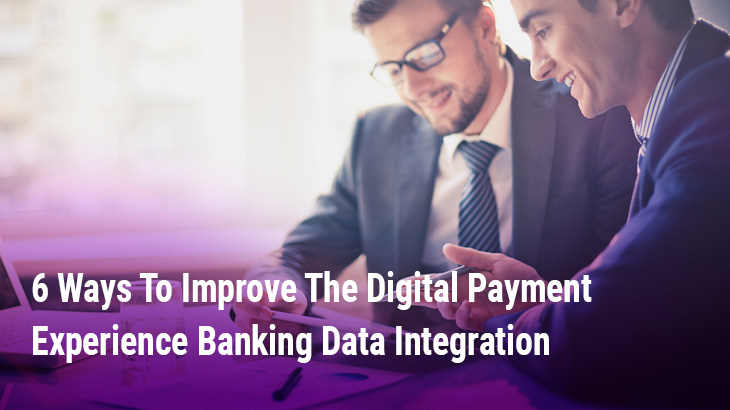I came across an article by one of my friends about Central Bank Digital Currency (CBDC) a month ago where he had argued that CBDC can be a big threat to the traditional banks globally. Though, quite a few internationally acclaimed individuals, including Bill Gates, have predicted that the brick and mortar banks may go extinct soon, I could never agree. So, I started my quest to find out what CBDC means in lay man’s terms and what it could mean to humanity and of course to the brick and mortar banks. As I explore, I write this blog so it may serve as a documentation of my exploration and hopefully serve as a starting point for you, the reader, to CBDC.
Before I figure out what is CBDC, I would step back and ask what is Currency and before that what is money. Sure enough, we use money and currency quite often in our words and action. In fact, so commonly, that we never bother to even ask this question. Well I did ask this question eventually when I started getting confused with the attributes of different kinds of electronic currencies such as crypto currency, virtual currency, wallet etc. Hence, let me start with “Money”. One last point before I delve in. I confess to have used the definition of Money, Currency etc. from different sources in the Internet. So, I thank the experts who have published them in the internet, and Google search profoundly.
What is Money?
Money is a mechanism / medium to store and exchange value. The important attributes of money are (a) medium of value exchange (b) store of wealth (c) common measure of value (d) standard for deferred payment.
In order to serve the attribute of “medium of value exchange” money must be readily acceptable, easily divisible, high in value relative to its cost, difficult to counterfeit.
Likewise, to be a “store of wealth”, money must not be easily perishable, but easy to store and retrieve. Money must be the commonly accepted scale to measure value. It is easy to relate all of these attributes to the money that is in circulation. But do we need the money that is physically in circulation today? Come to think of it, we need something that serves these attributes and not necessarily the money in circulation. We all knew people used barter system before the money which is physically in circulation today, which is also called currency.
But then what is currency? Is it the same as Money?
What is Currency?
“Currency refers to money, that which is used as a medium of exchange for goods and services in an economy. A more generic definition is that a currency is a system of money (monetary units) in common use, especially for people in a nation.” A currency is essentially a legal agreement recorded on paper / coin, where the central bank (a commonly accepted authority) owes the bearer its value. The paper / coin in itself has no value. But the universal acceptance of the legal claim that the central bank owes the bearer is the real value to the bearer. Therefore, the legal agreement can be in any form, physical currency or otherwise.
So, we know now that currency is just the representation (until recently, entirely physical representation) of “money” covering all the definition of the money given above.
How does money get its value? The central authority (earlier the rulers and these days, the Government through its central bank) pumps value to the currency they circulate. The respective Balance sheet of the central bank holds the value of all the currencies in circulation as their liability.
Currency which is not backed by a commodity such as gold or silver, but purely relies on the demand and supply and the backing of a sovereign state is called Fiat currency. Since Fiat currency is not backed by a commodity with intrinsic value, the value of currency may fluctuate depending on demand and supply or with the credibility of the sovereign state that backs it. You may search for “Representative money” and “Commodity money” if you wish to know more.
In essence any mechanism and medium which serves the attributes of money with value supplied by the central bank or a credible entity is sufficient to serve the purpose of money. The physical currency is not a necessity. It only serves for convenience and psychological purpose of sight, touch, and feel.
Digital Currency
Now that we have established the essential and non-essential attributes of money, and established that money need not be in physical form, what non-physical form can money take? It could be something else in future, but today it is digital currency.
Digital currency is simply currency in electronic or digital form. The digital currency is a super set. It may or may not be a currency regulated by a central authority such as central bank.
Digital currency which is not regulated by the central authority includes digital wallets issued by private entities and used by participants, cryptocurrencies and others. They are also called virtual currencies. Cryptocurrencies get their name simply because the underlying technology uses cryptography to keep them secure from cyber fraud and cyber robbery. Bitcoins is one more such digital currency which is created by a private anonymous individual. It uses distributed ledger technology to authenticate financial transactions. Since it is not regulated by a central authority such as a central bank, it is subject to volatility based on the collective perspectives of the participants such as miners and Bitcoin traders. Bitcoin is an unregulated digital currency.
Having figured out money, currency and digital currency so far, let us discuss Central Bank Digital Currency in the second part.
Attributions
https://www.moneytruth.org/understanding_money_complete.html
https://www.investopedia.com/insights/what-is-money/
https://www.investopedia.com/terms/c/central-bank-digital-currency-cbdc.asp



